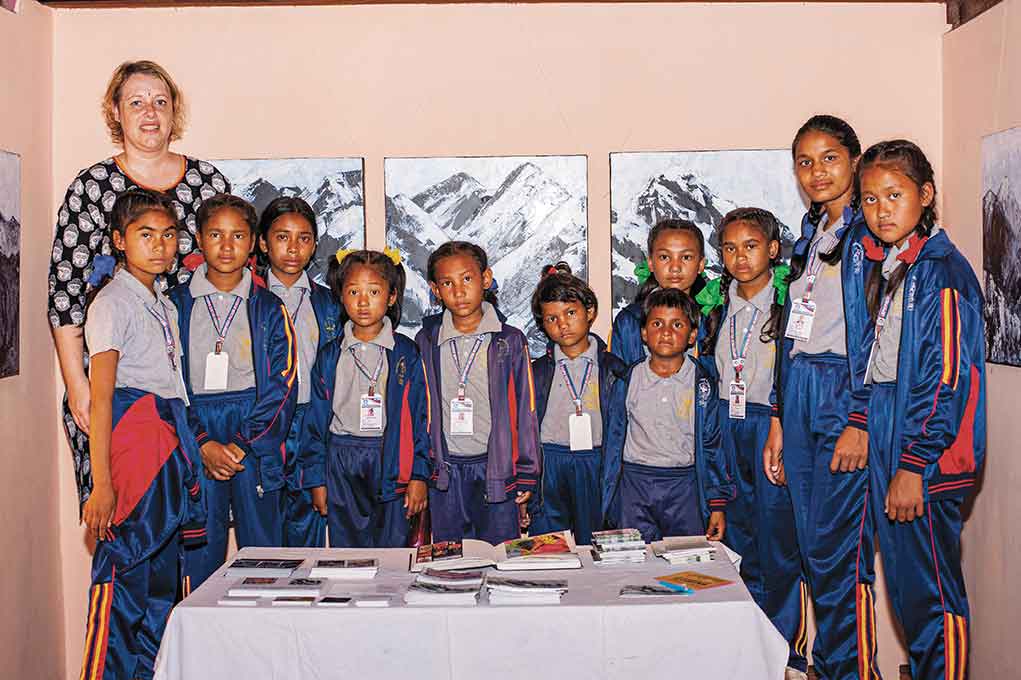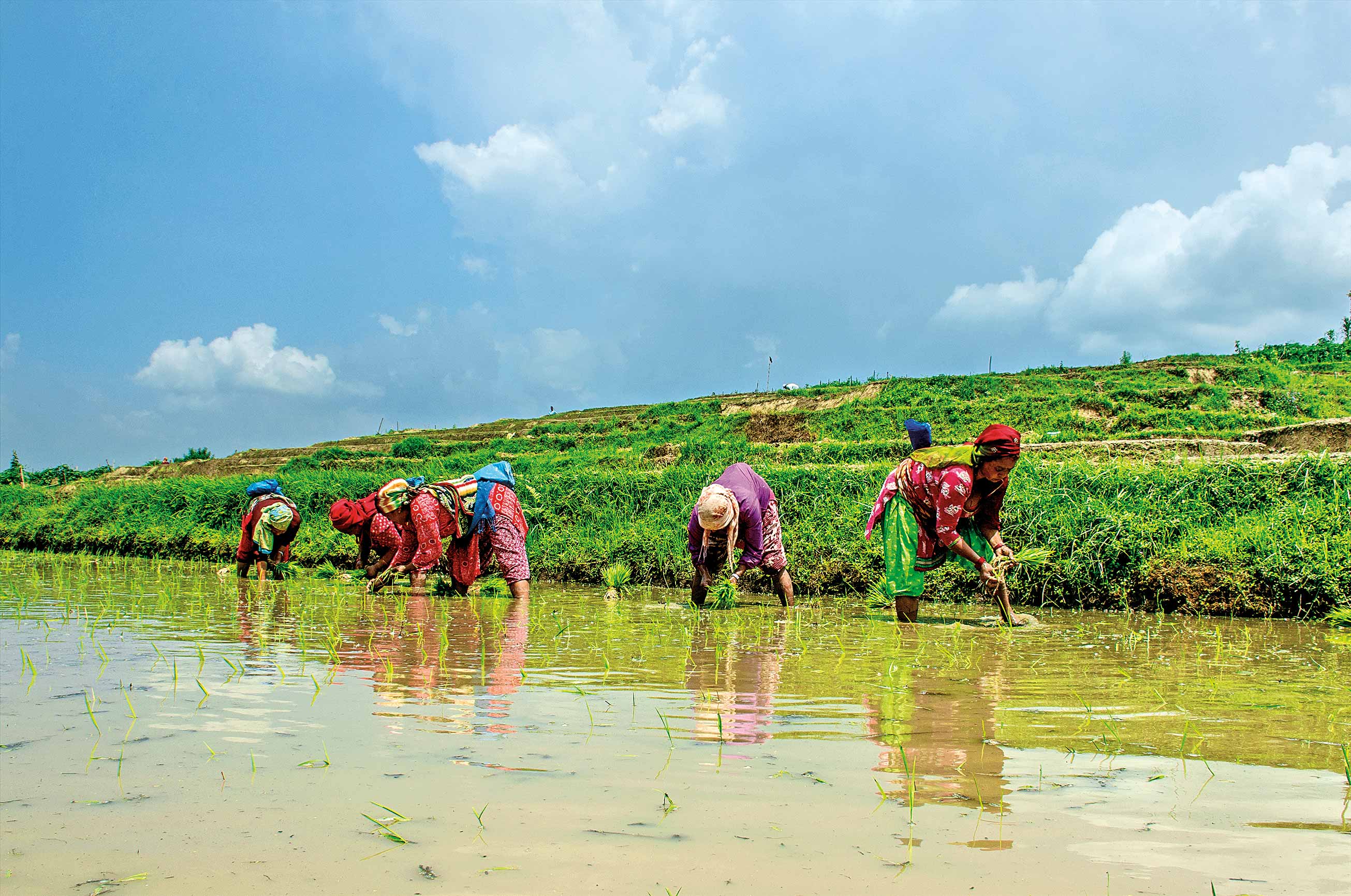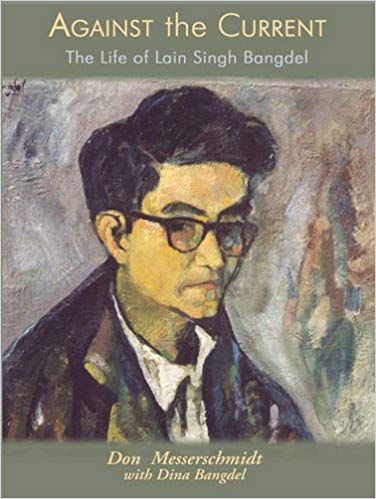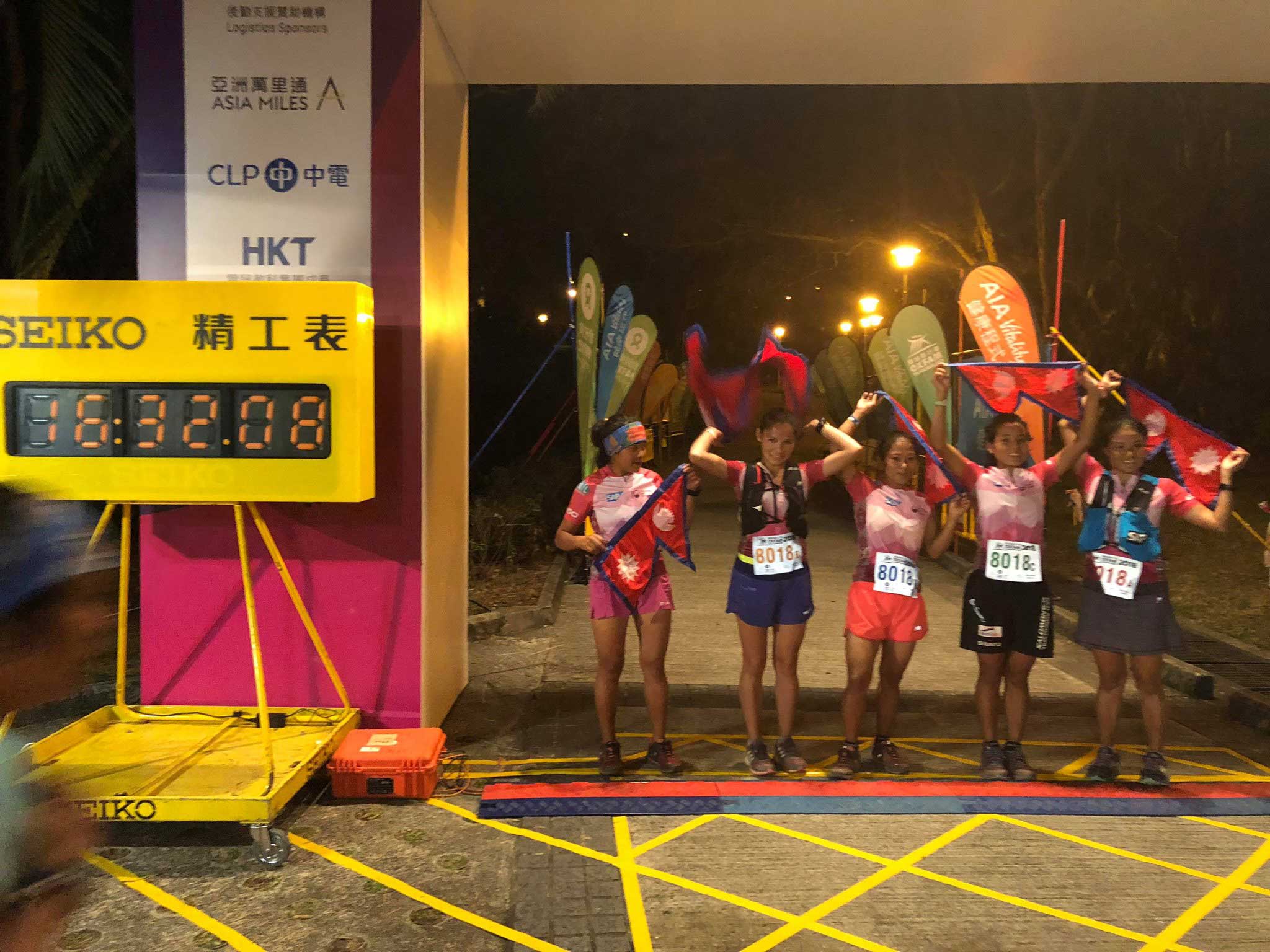Book Review by Don Messerschmidt
Shamanic Solitudes is a fascinating and richly descriptive/analytical account of shamanistic rituals and their meanings among the Kulunge Rai of eastern Nepal. For scholars, it is an in depth analytic study of Himalayan shamanism and spirit possession. For non-specialists, it provides a finely tuned description of the inner workings of mediumistic trance as it relates to social well-being and death in Rai society. Shamanism is well documented among many Himalayan ethnic groups, and Shamanic Solitudes is a solid contribution to that literature.
The Kulunge Rai are a Tibeto-Burman (and Nepali) speaking ethnic group living in the remote Hongu River watershed of east Nepal, south of Mt Everest. They are more fully described in Nicoletti’s previous book, The Ancesral Forest (reviewed in ECS February 2007). Their’s is a land of dangerous forests, mountain highlands and valley lowlands, of water courses and of farms, each with its separate and interrelated mythic associations. It is the shamans who best understand the mystery and nature of this landscape, and its association with Rai history and contemporary life and death. This study is Nicoletti’s interpretation of Rai shamans as they related it to him over several years of fieldwork.
The book begins with a description and analysis of Kulunge Rai shamanism, and concludes with drawings and photographs. The photos illustrate the detail and order of the shaman’s dress, and are frequently referred to in the text. The analytical section is divided into three “Acts”: Flights, Border Crossings, and Return. In the Epilogue, the author looks back briefly and introspectively upon his own experience studying Rai shamans and interpreting their ritual. Some of the writing is cryptic, full of understated meaning, but in a way that makes the book all the more absorbing.
In Flights, a shaman’s sometimes frenzied initiation and developing association with three spiritual entities is portrayed. Shamans describe their initial experience like a “madness”, which “attacks and goes away... disappears and then returns”, as the individual grows into the role of a medium. Becoming a shaman is not a personal choice, but occurs unannounced, unawares. Once established, it signifies a lifelong obligation to the society. While some of what a shaman knows is learned from oral tradition, much of it is “self-made”, unique, without the aid of any human master.
“In movement, shamanism reveals its form. Nomadic. Unstable. A religion of the journey”, Nicoletti tells us. Later, he describes shamanising as “travelling through space. Generating a motion capable of propitiating a transformation. Changing a state of things”. “Shamanising”, he goes on, “means giving life to a world. The shamanic journey is the dynamic form of this activation. The journey traces a path, points a direction.” During the course of the experience, the traveling is not externally visible. Rather, it is of the mind, while the body remains inert, except for trembling while in trance.
Various aspects of the journey are described in relation to a mythic geography relating to both the real and the spiritual world. In his trance, the shaman ascends as high as Mt Everest and descends as low as the southern Hongu Valley, while mediating with the spirits. Each cardinal point on the trip has deep significance vis-à-vis healing or for properly releasing the spirit of the dead.
The shaman’s ritual life and journeys are extremely complex inner workings of body, mind and spirit, together.
As a richly descriptive and analytical account of Kulunge Rai shamanism, Shamanic Solitudes is one of the most detailed and intriguing accounts on Himalayan shamanism published so far. Its only shortcoming is lack of an Index and Glossary, which would have made it immensely more helpful to readers, especially scholars.
Vajra Publication in collaboration with Ev-K2-CNR Publications & IsIAO, 2006, 175pp (illus.).
Price NRs 1000/- Translated by Ken Hurry from Vertigini in carne viva.











